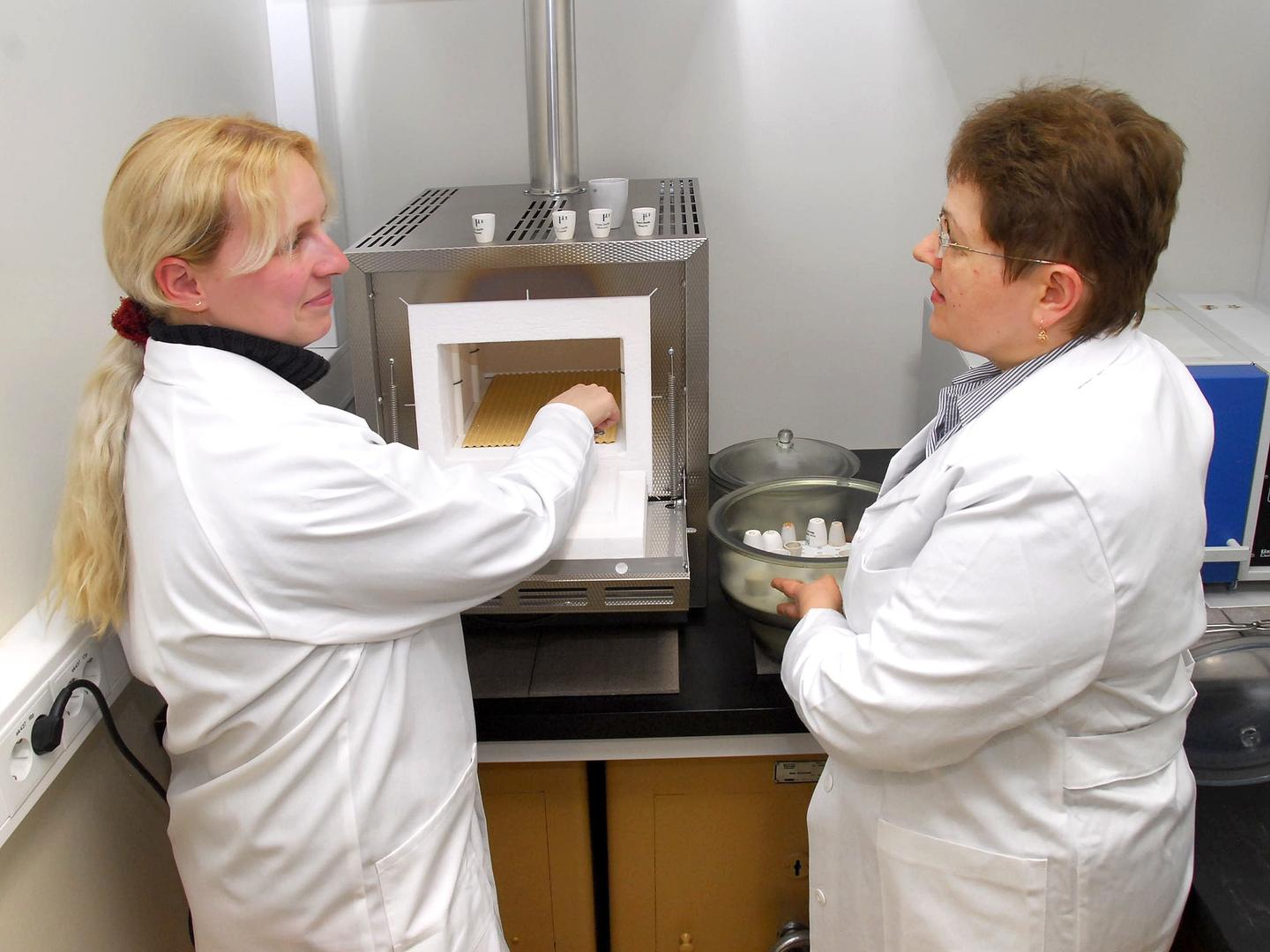Estonia’s public health indicators are one of the lowest in Europe compared with other European Union member states. The difference between the life expectancy of men and women in Estonia is 10.2 years, while the EU average it is about six years. Moreover, the health status of Estonians varies greatly according to their education, social status and region of residence.
To address these challenges, the Norway Grants 2009-2014 have allocated €8.912 million to improve public health and reduce health inequalities in Estonia. The programme is operated by the Estonian Ministry of Social Affairs, and the Norwegian Institute of Public Health is the donor programme partner.
Since having a Norwegian partner is a requirement for all the projects developed under this programme, it is very well suited for bilateral partnerships.
The deadline for applications is 13 August 2013.
Find out more about how to apply or become a project partner here.
Securing mental and reproductive healthcare
The call provides €1.87 million to projects developed under one of the two outcomes:
- Service network for the provision of integrated social education and health services for children with mental problems;
- Web-based information sources and counselling services on mental and reproductive health.
Improving health services
The main areas of activity under the programme include:
- Improving mental health services, in particular for children and youth. Mental health-related problems are the leading cause in slowing down the increase in life expectancy in Estonia, and are often causing a long-term incapacity to work;
- Increasing access to and quality of health services, including reproductive and preventive child health care. Activities aiming to improve reproductive health are an important tool of preventing further disease outbreaks such as the high incidence of HIV in 2000;
- Increasing prevention and reduction of lifestyle-related diseases and prevention and treatment of infectious diseases in prison. Establishing an integrated system of detection, prevention and early treatments will facilitate early overall interventions.
